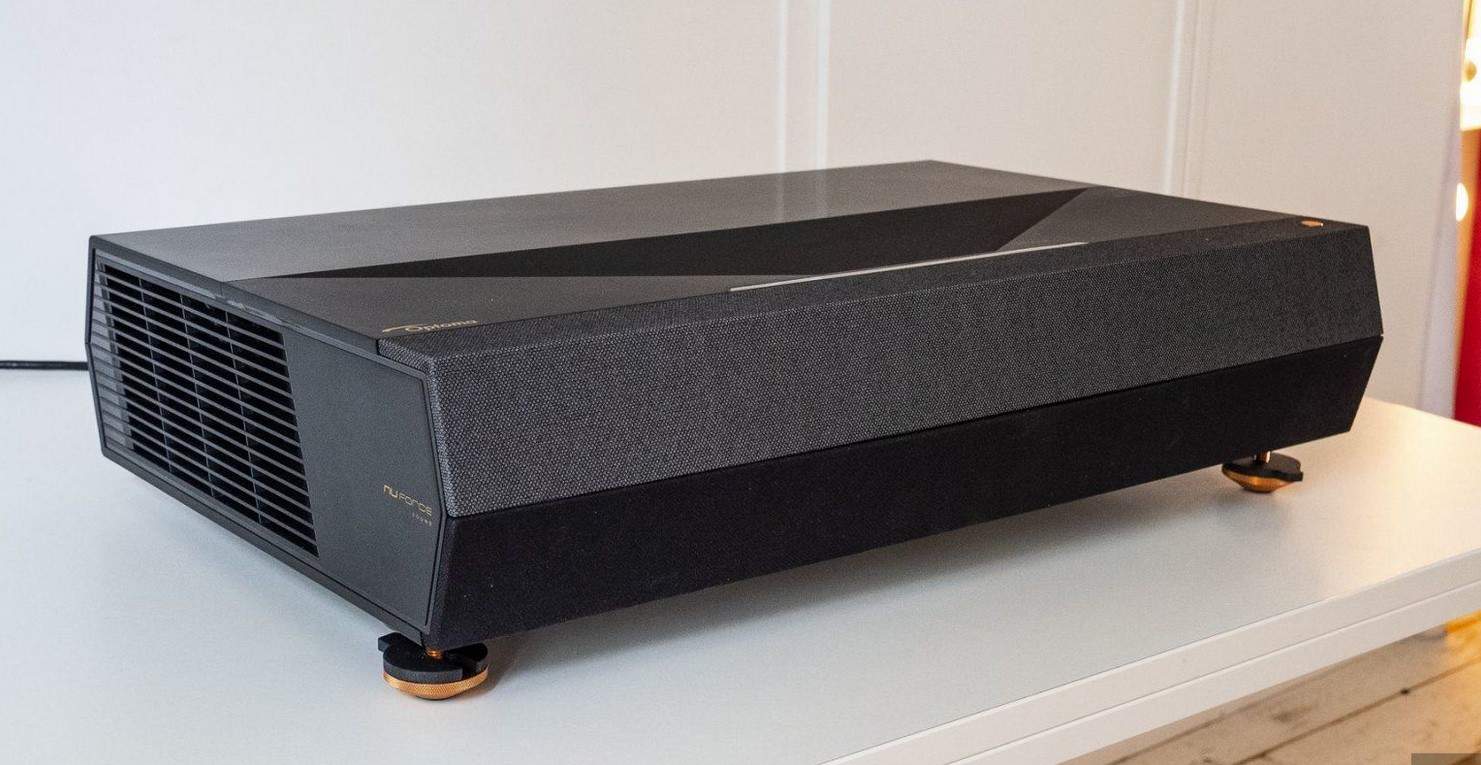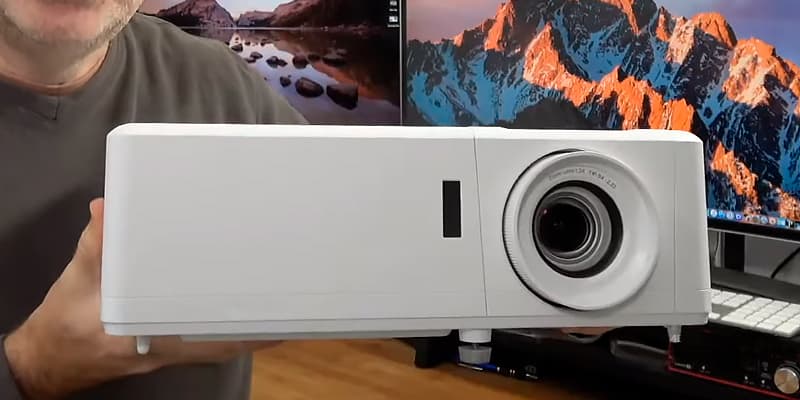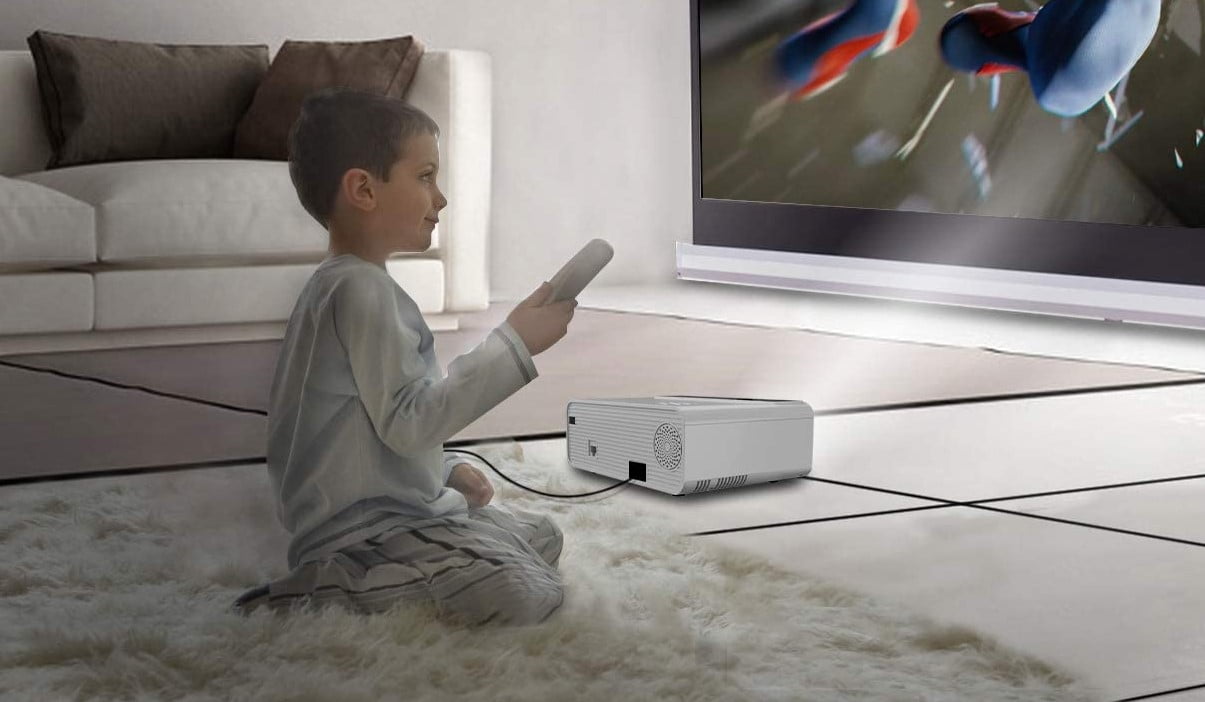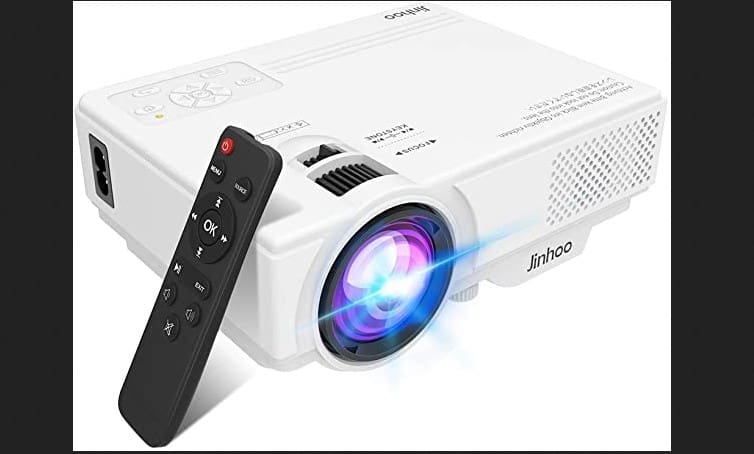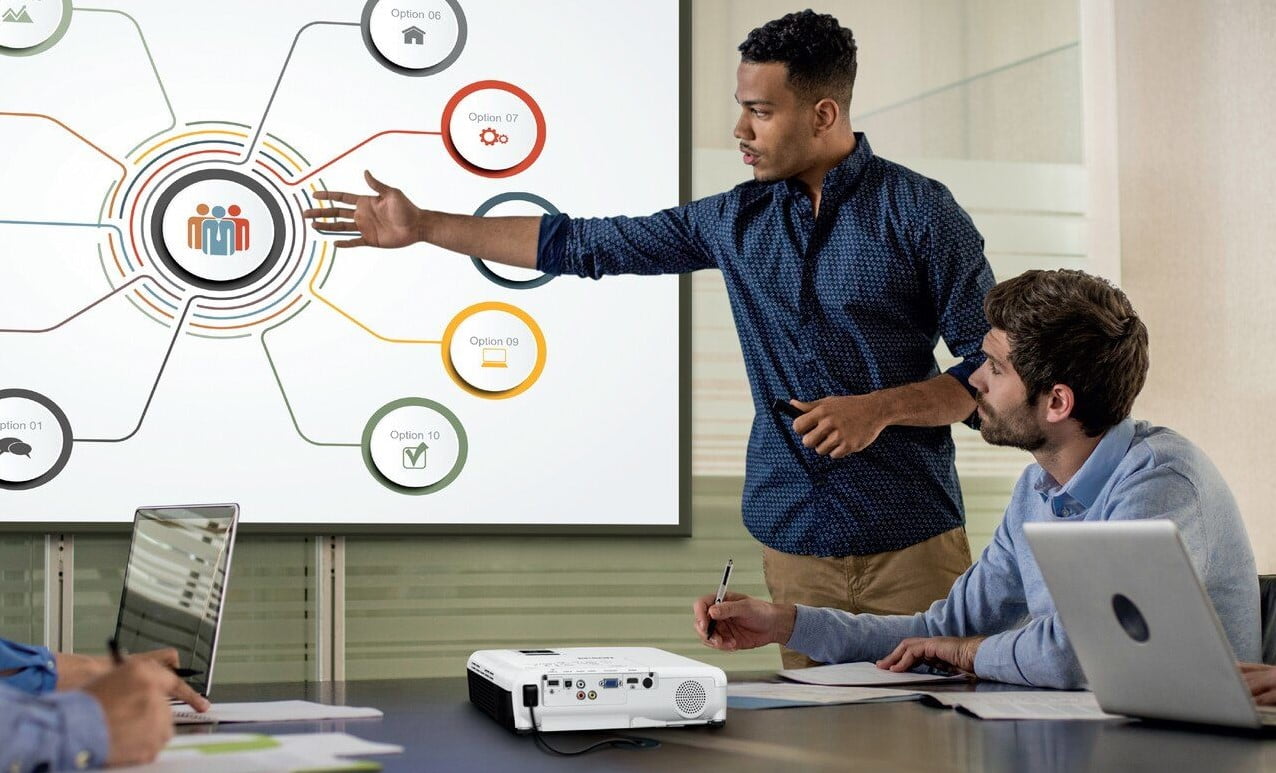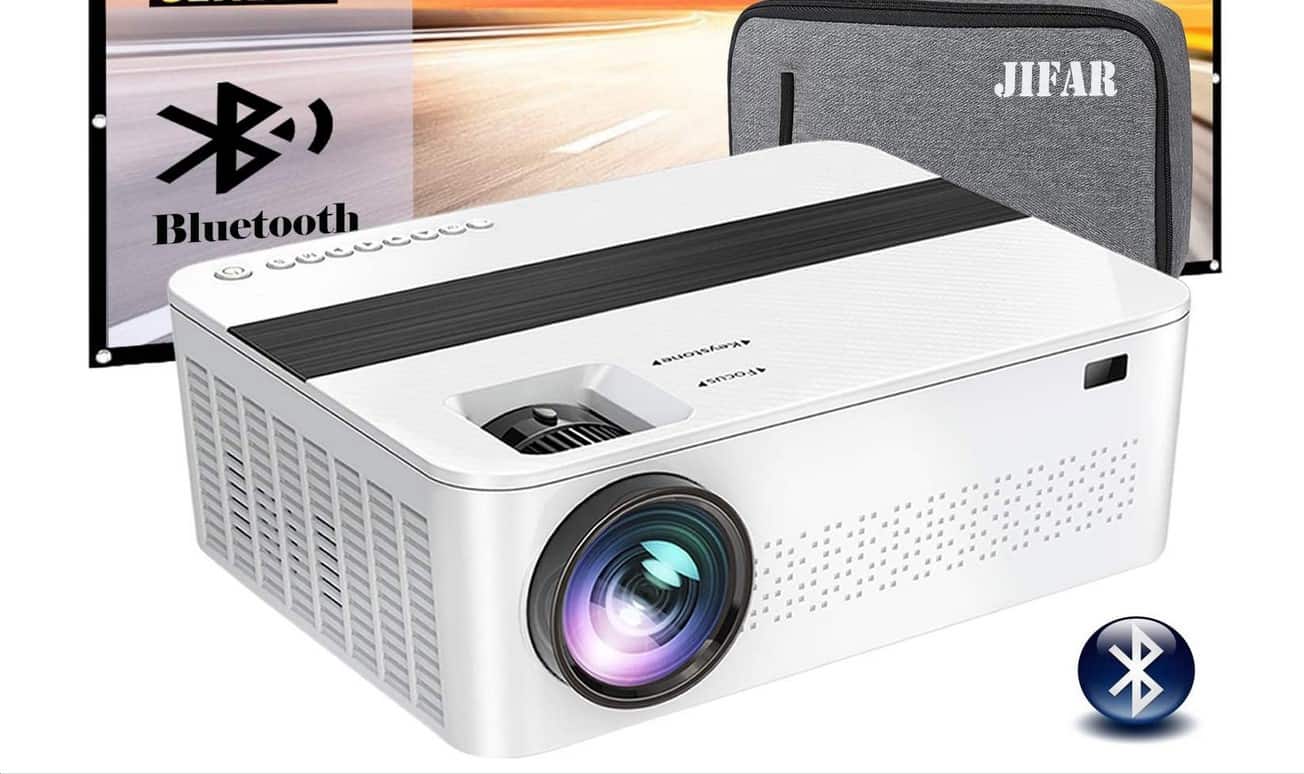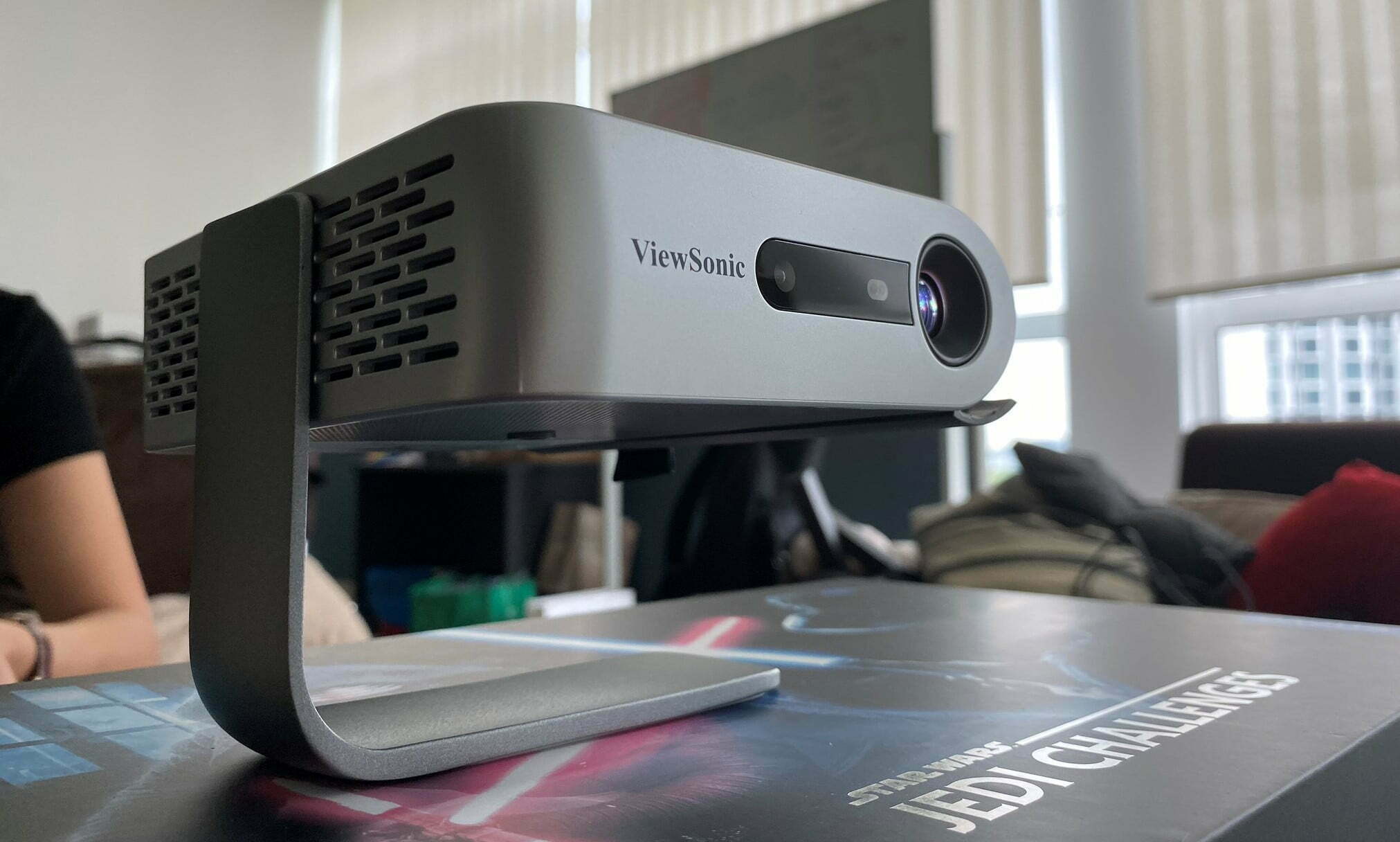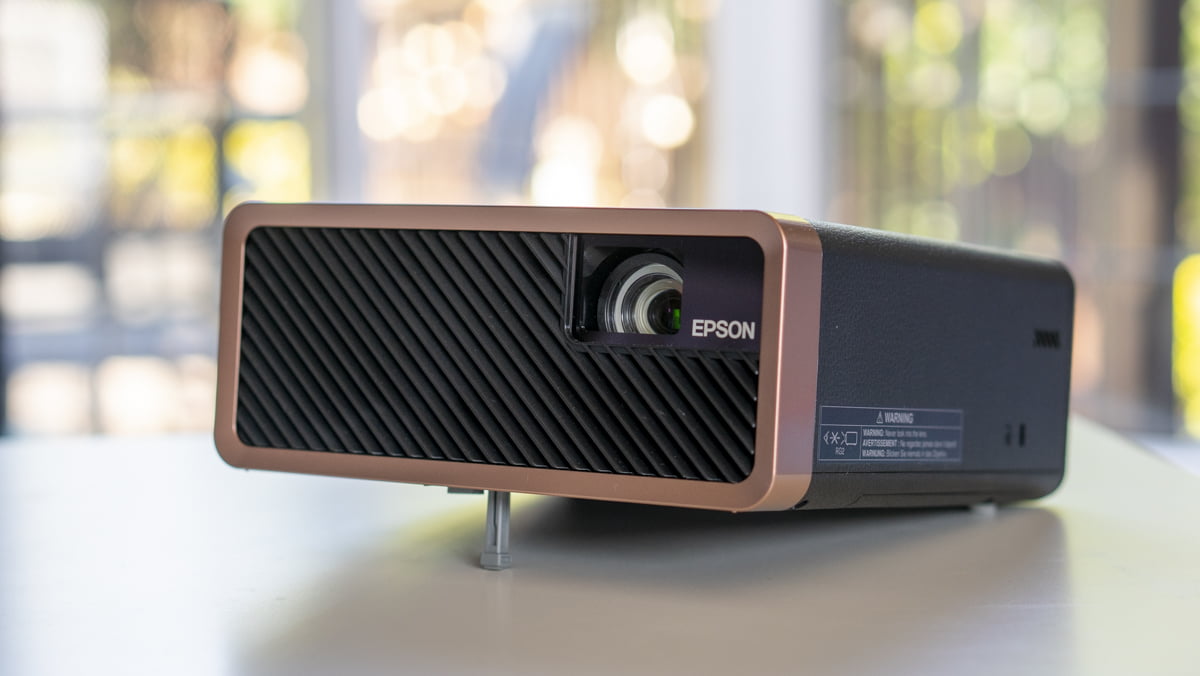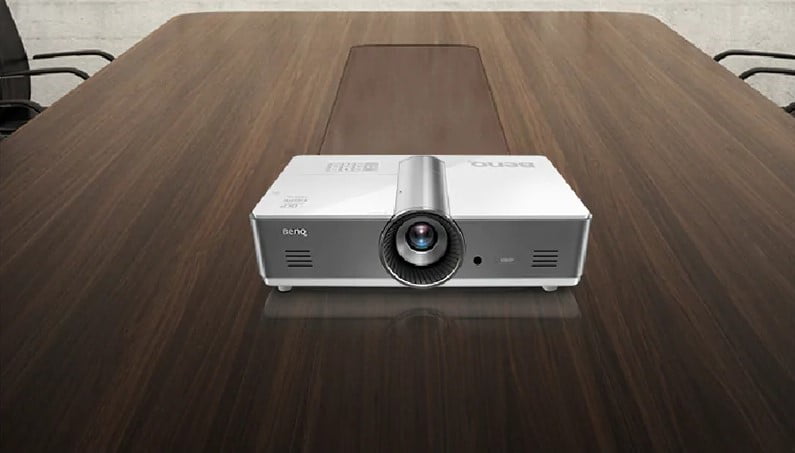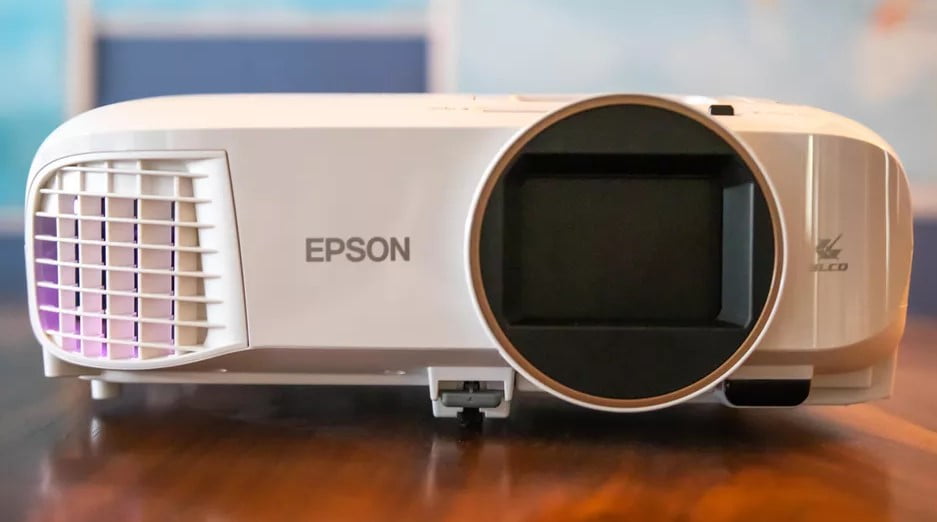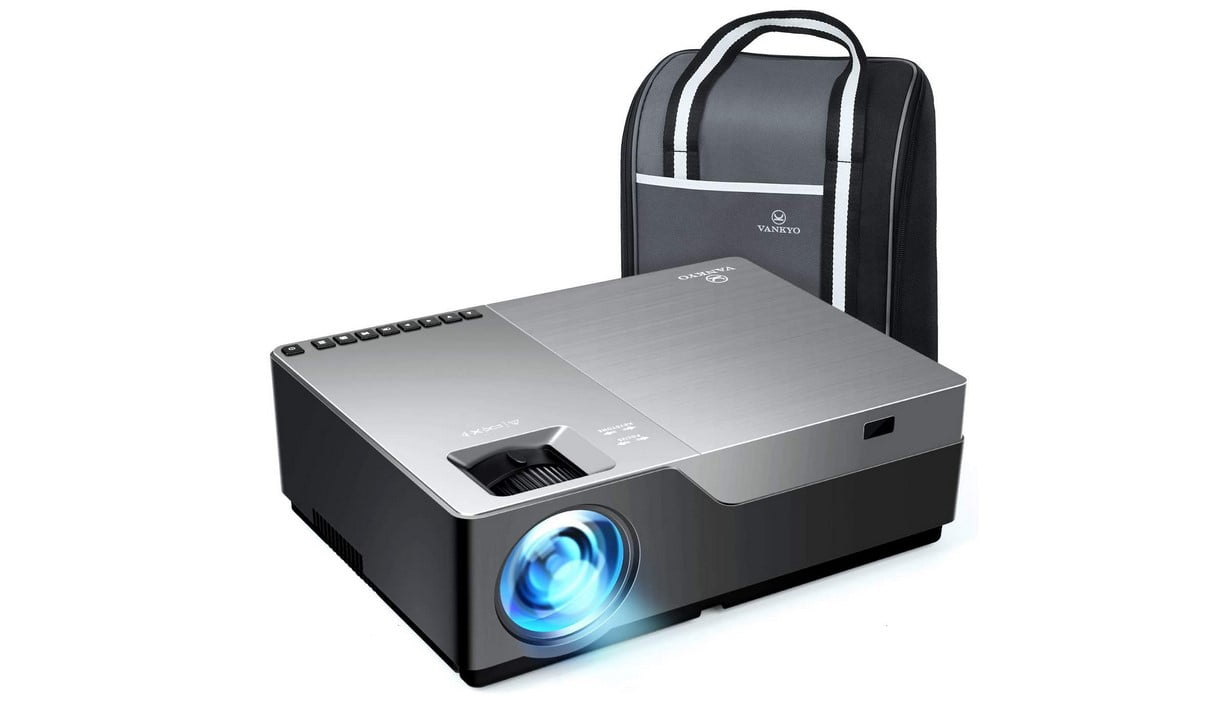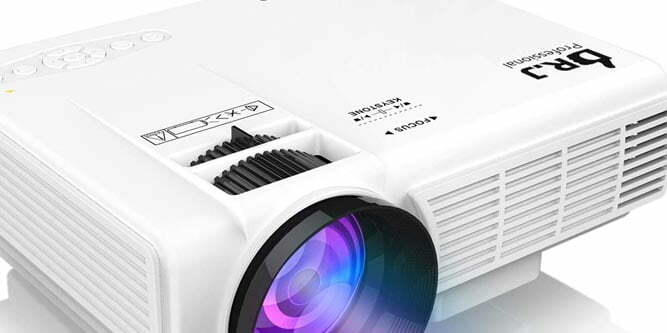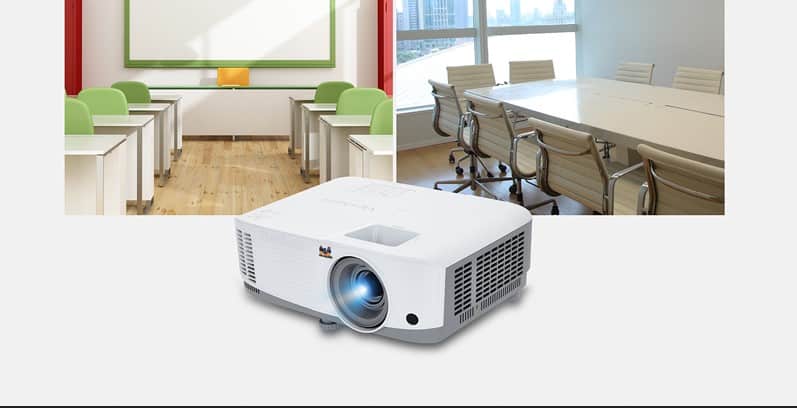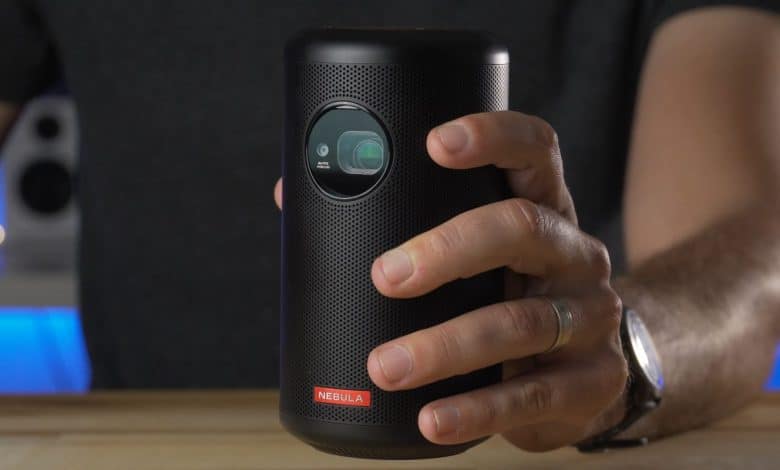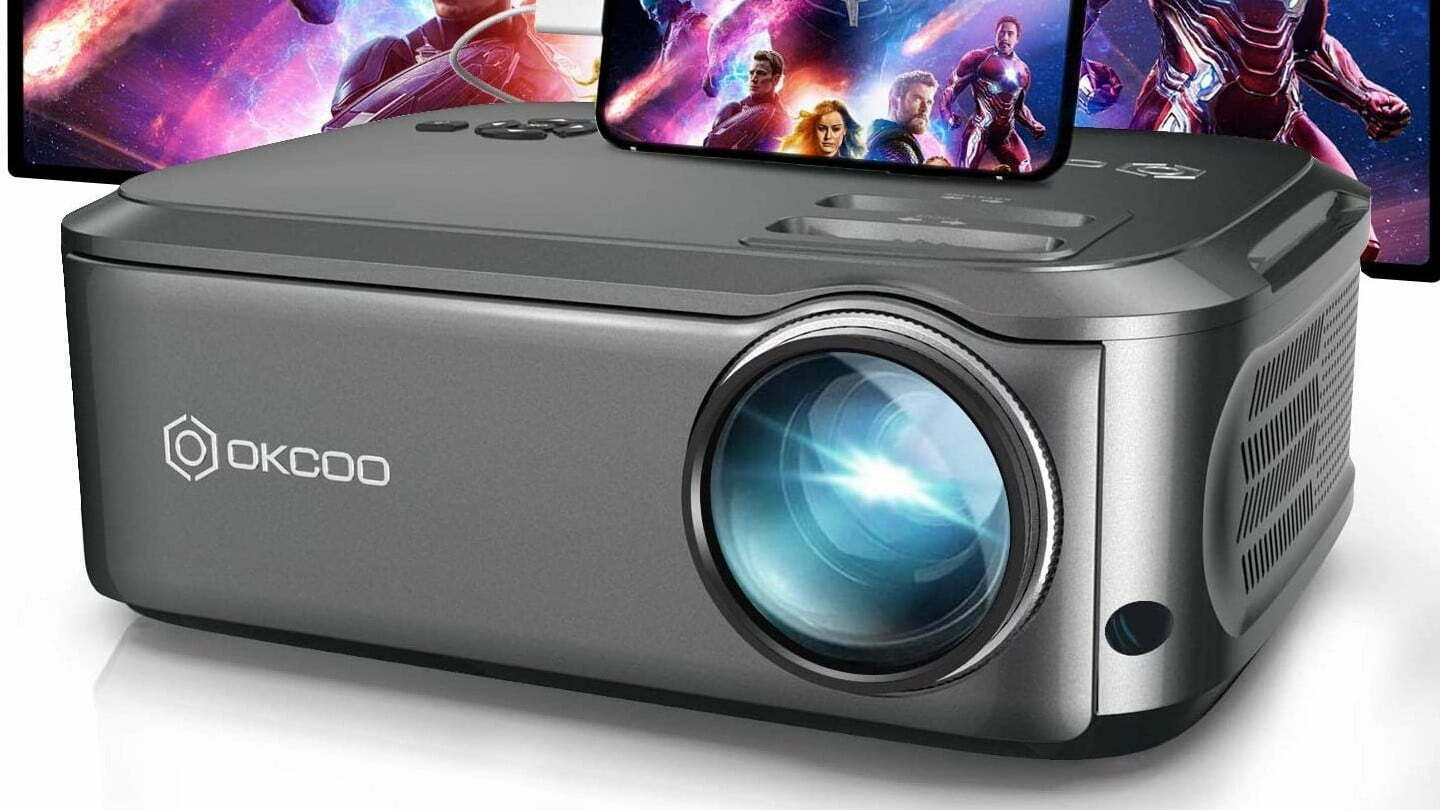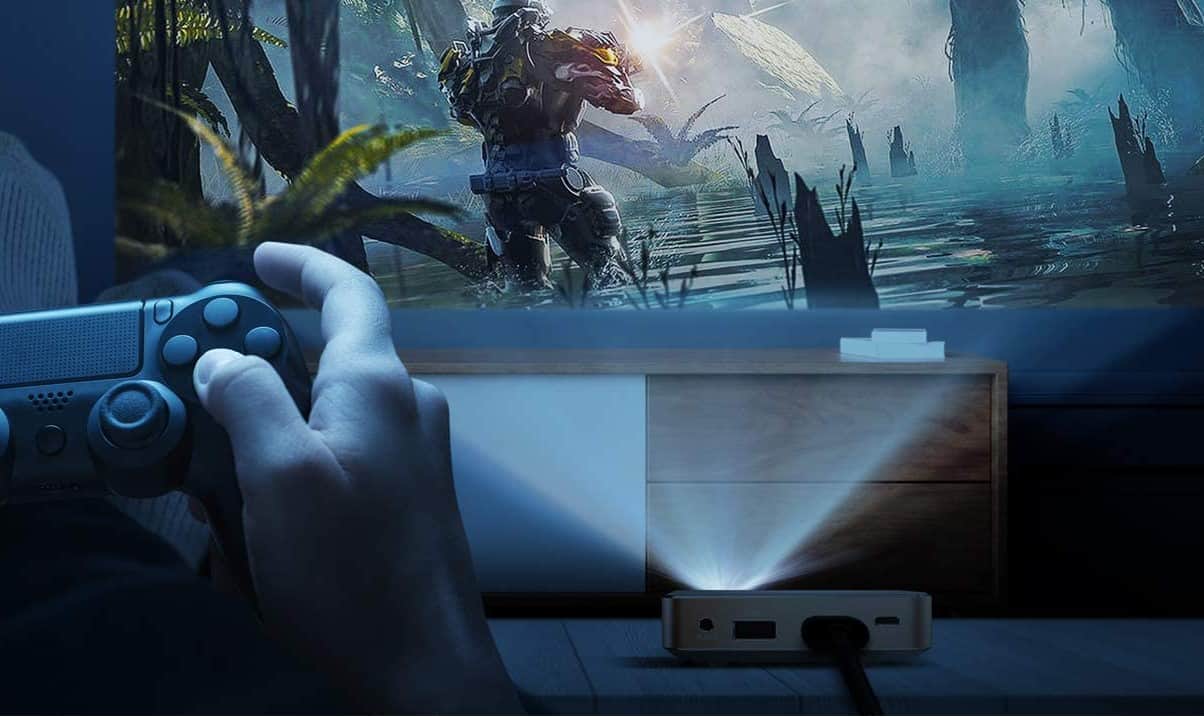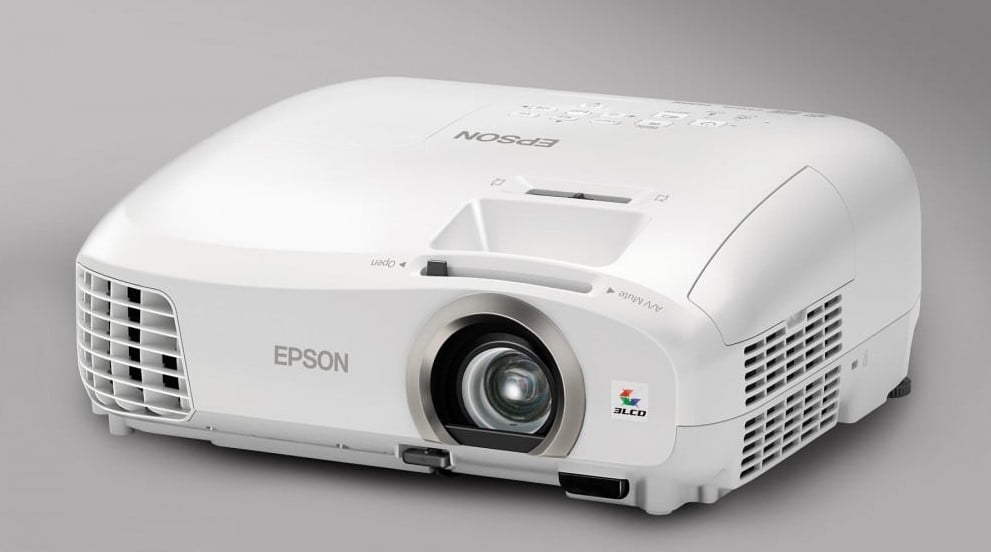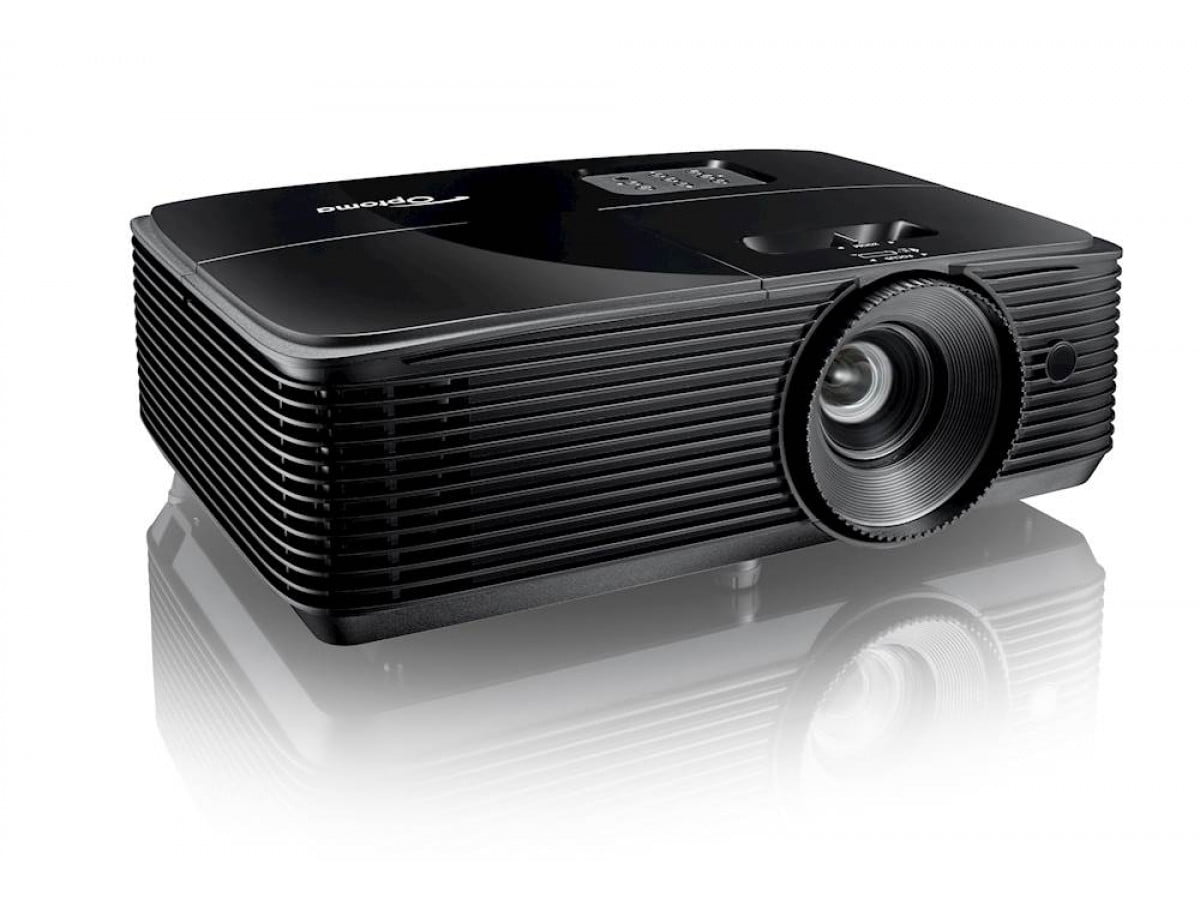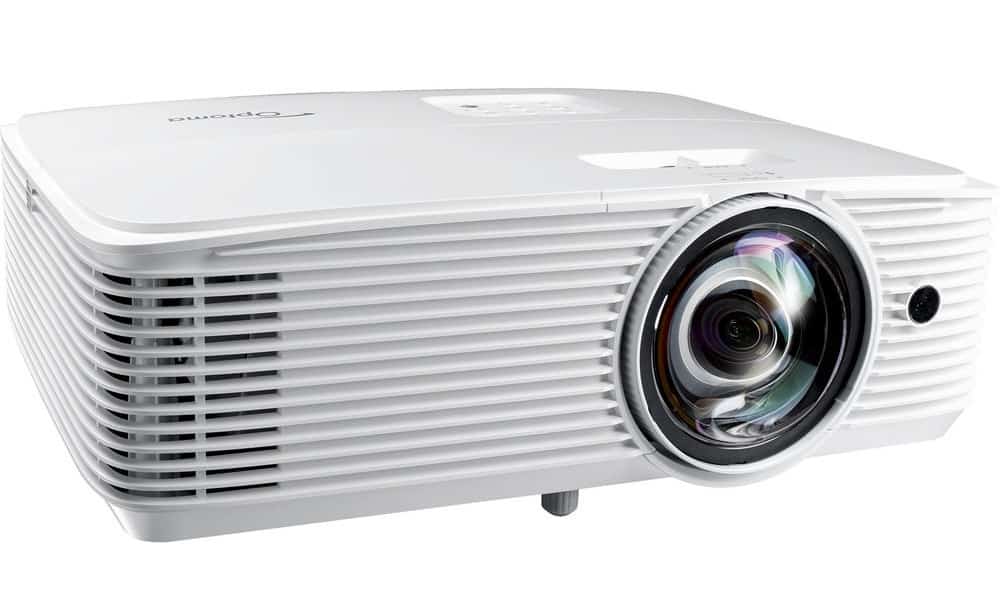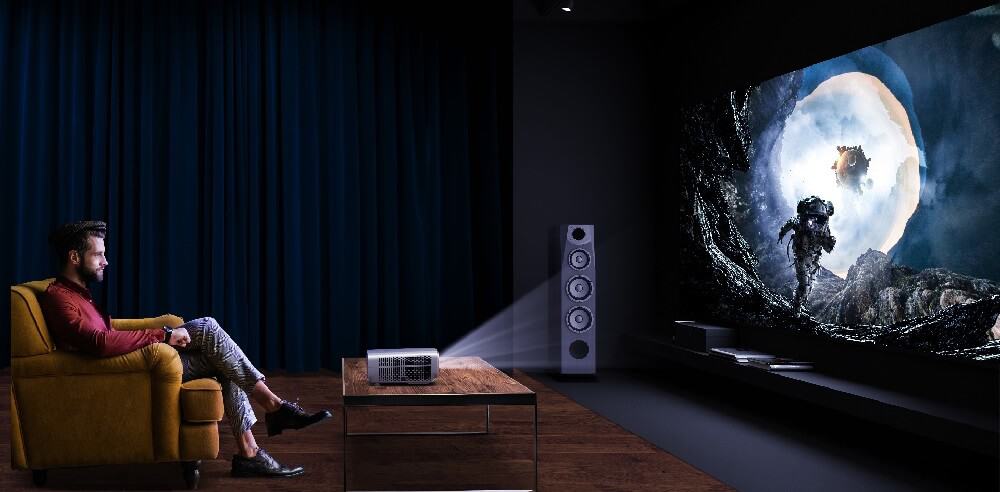When considering the question, “What cables do I need for a projector?” you’ll first need to know about each type of connection available. There are several different cable types for projectors, and all of them support something different. There are three main categories that even the best projectors require to produce amazing picture quality.
KEY TAKEAWAYS:
- Projectors use a range of different cables to work, and which ones you use will depend on what you intend to use your projector for.
- You will have a few cables no matter what, such as the power cord, picture source cable, and one for audio signals.
- High-quality cables can help extend the life of your smart projector and will last longer than lower-quality types of connections, so they’re always a great deal.
Types of Projector Cables You Need
If you’re asking yourself, “What cables do I need for a projector?” then keep reading. There are multiple inputs you should expect from a display device. A VGA cable, or video graphics array connection, is a standard one. Another to expect is an HDMI cable, as you’ll read about in our Optoma S334E SVGA bright professional projector. For every type of connection, there are quite a few cables that fall under the category.
Problems with power cords can lead to automatic shutdowns. If you’ve been wondering, “Why does my projector keep turning off?” then that may be your culprit.
Insider Tip
Always keep extra cables with you when you travel to have a backup if a cable is damaged or malfunctions.
The Different Types of Connections
Some types of connections are more common than others. You’ll need a power cable for your projector, but you might never run into S-video cables or a mini DisplayPort. We’ll go over the most popular types of cables below and what you should expect from your projector.
Another consideration you should make is where to position the projector, especially if it’s an HD projector like this ViewSonic 1080p projector. Accurate positioning matters to get the best picture quality. This will help you figure out more about the options you have for organizing the cables.
Digital Visual Interface Cables
Your display device can’t display anything without video signals. There are a ton of different cables that satisfy this requirement, but you’ll likely have a VGA port and VGA cable. You can find a VGA connection available on most modern devices, such as computers. No matter the source device, video graphics array is a great choice.
Some lesser-known choices include composite cables, the mini DisplayPort, and an analog cable. You’ll run into these options rarely, if ever.
Cables for an Audio Connection
Sound quality is crucial for projectors. While video requires a VGA or HDMI cable, often used with HD projectors, digital audio works differently. Instead, you’ll connect to your source device with whatever speaker you have chosen. An optical audio cable might do the trick or coaxial cables.
The speaker or audio system you choose will likely have its own type of connection. If it doesn’t match with your projector, look into adapter cables.
The Usage of Composite Cables
You aren’t likely to use composite cables in modern devices, like home entertainment and business projectors. These are older methods of connection and are considered the lowest quality cable you can use. Composite video is notorious for having low image quality. For that reason, stay away from projector models that use a composite connection.
The Power Supply Adapter Cable
Finally, the last essential component is your power cord. Projectors require their power through a power outlet and do not have an internal charging system. Because of this, your power cable is essential. The power supply adapter cable will help turn electricity from your power outlet into a digital image. Make sure that you check the power cable regularly for potential damage or wear.
Warning
Exercise caution whenever working with electricity in any capacity, and wear appropriate protective gear for your hands, eyes, and ears.
F.A.Q.S
What is the best type of projector to have?
Try to stick with newer models that feature high-quality cables, a USB port, and compatibility with devices that use Bluetooth. All of these features are necessary to keep things running smoothly.
How do I run power to a ceiling-mounted projector?
A dangling power cable is an obvious choice. This requires you to plug an extension cable into the power outlet and connect the projector’s power supply adapter cable to the extension cable.
What are lesser-known types of connections?
There are a few physical connections that you will rarely encounter, if at all:
- Analog connection
- Ethernet connection
- S-Video cables
- DVI cables
Can projectors be connected to mobile devices?
Yes, but you’ll most likely have to use an HDMI adapter cable or something similar. Projectors that offer Bluetooth or WiFi compatibility with devices will be far easier to use.
STAT: From 2011 to 2012, the export of cinematographic cameras and projectors from the United Kingdom dropped significantly. (source)

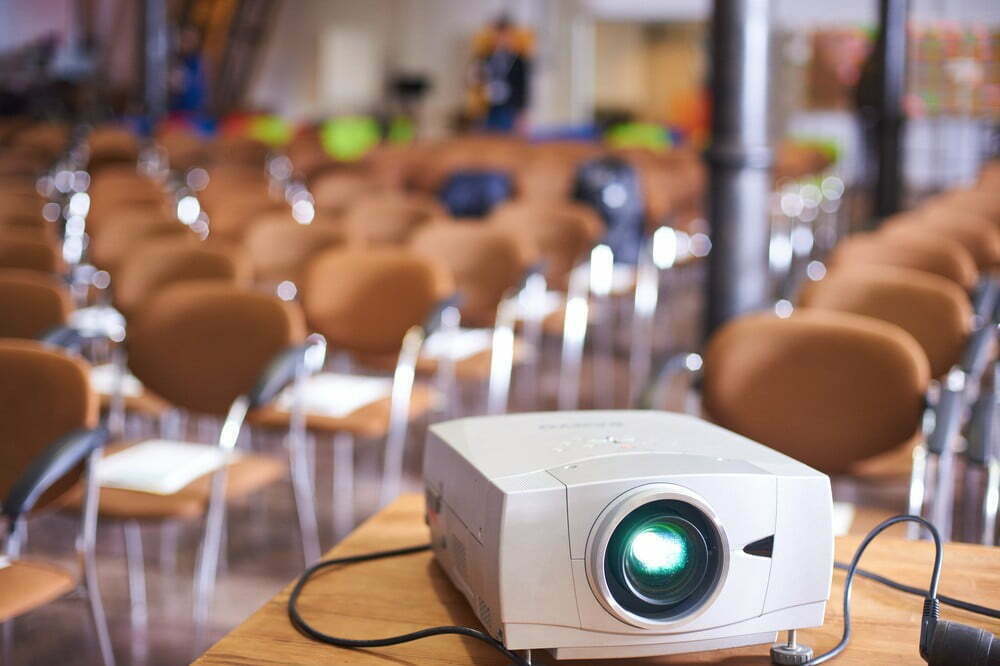














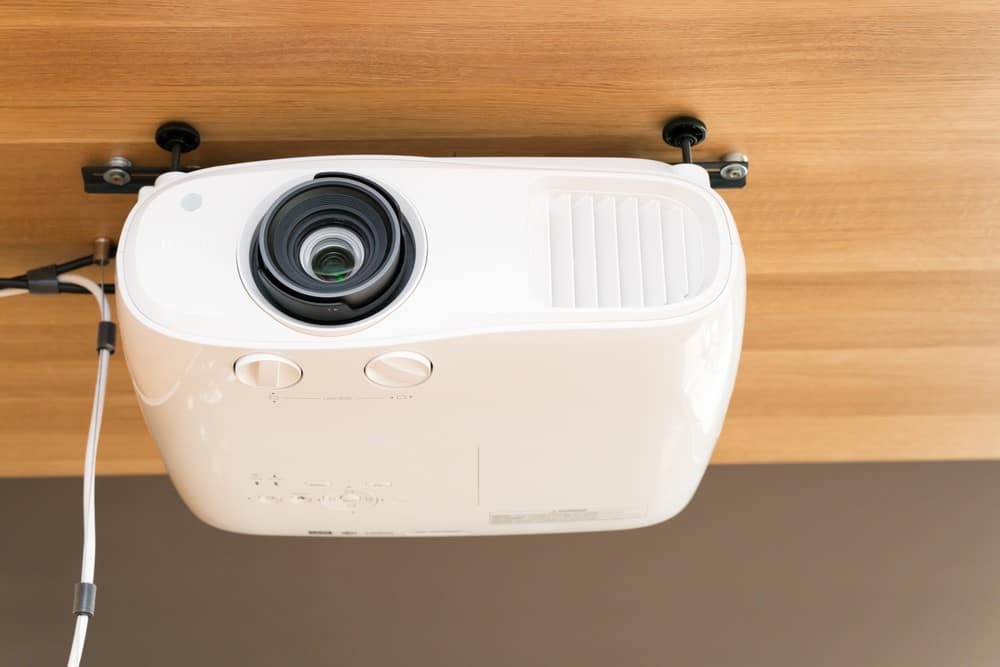
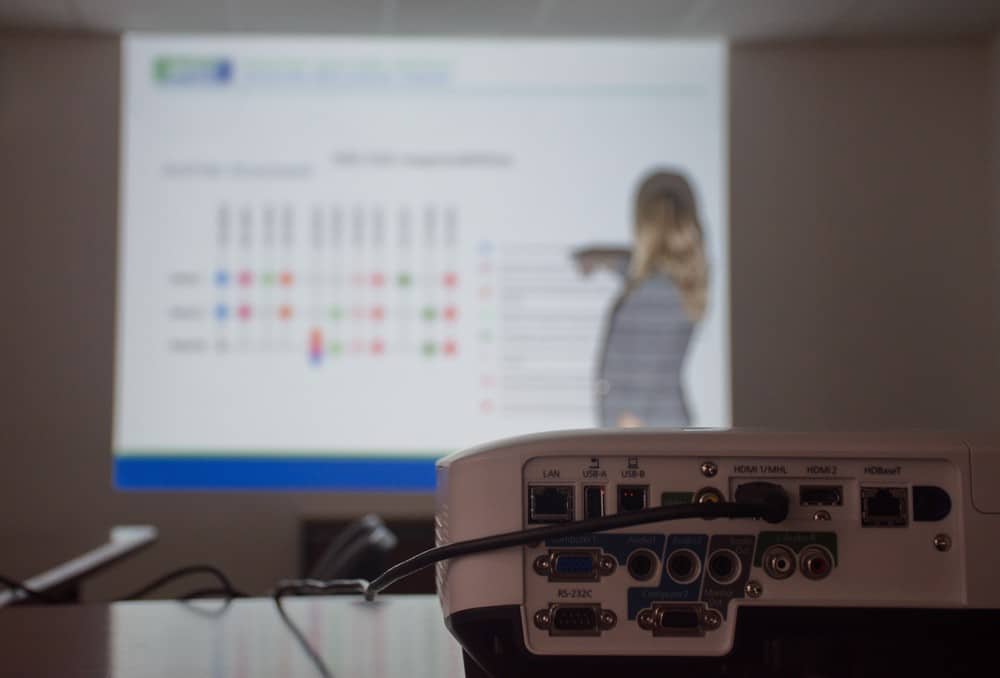
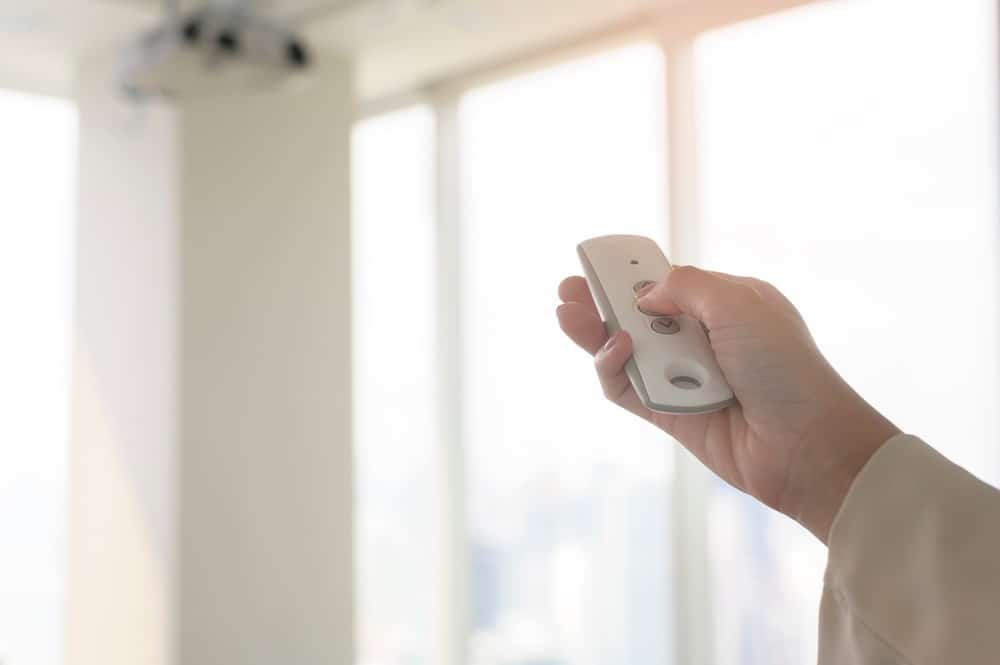
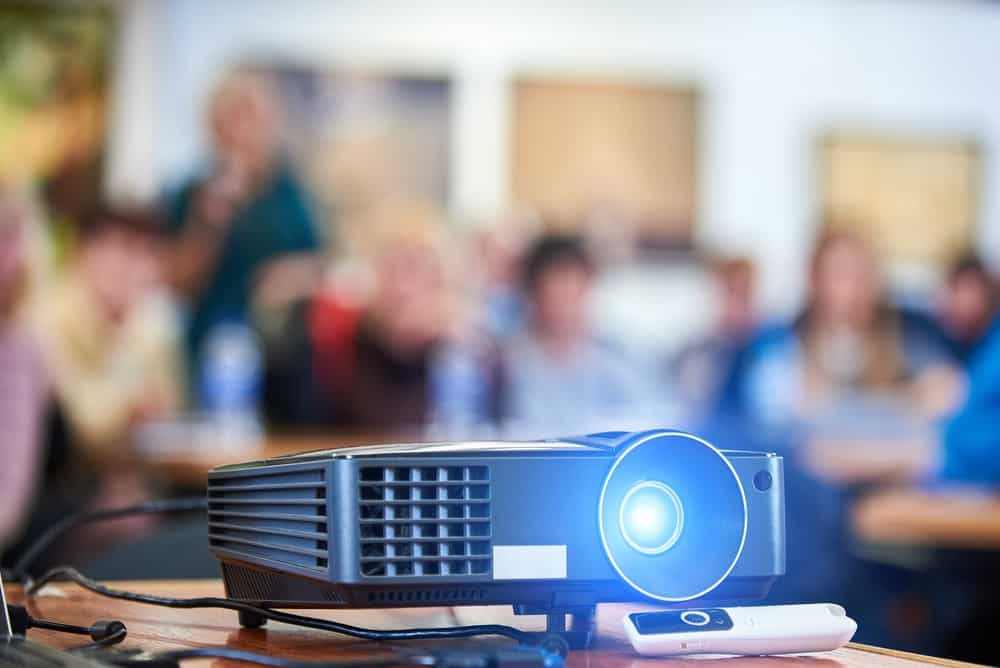
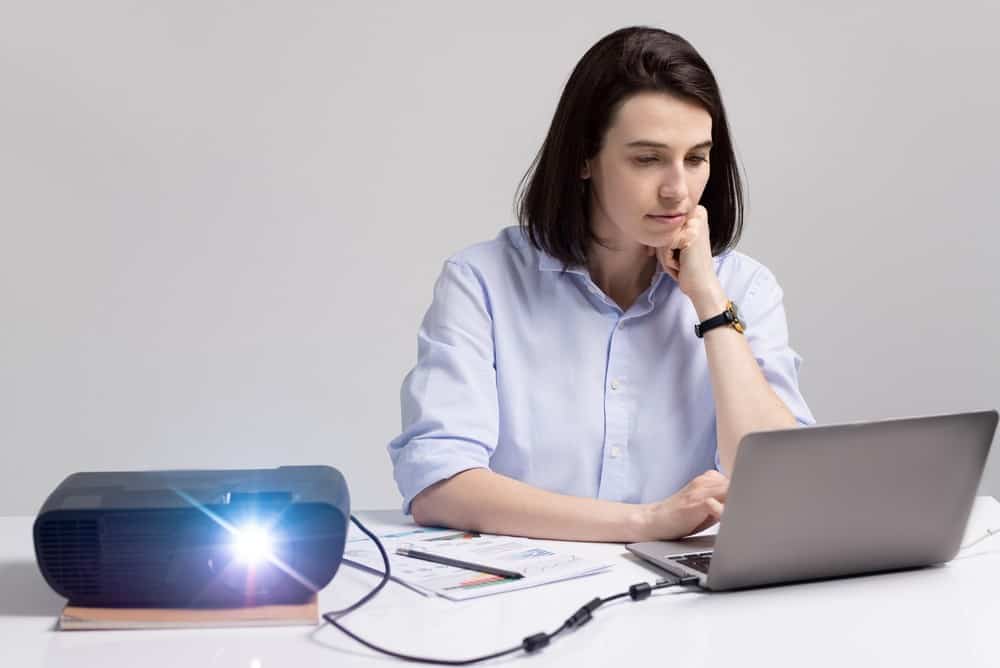
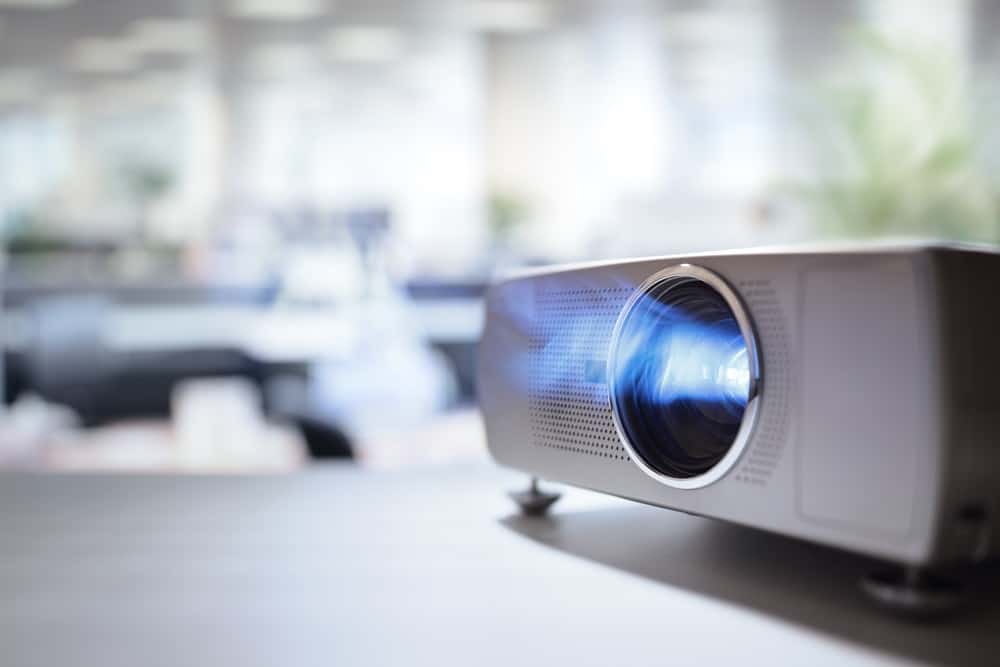
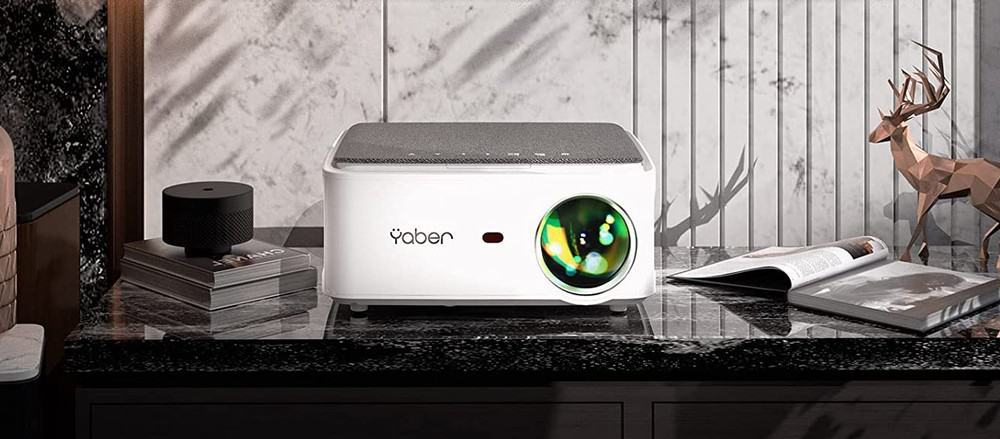
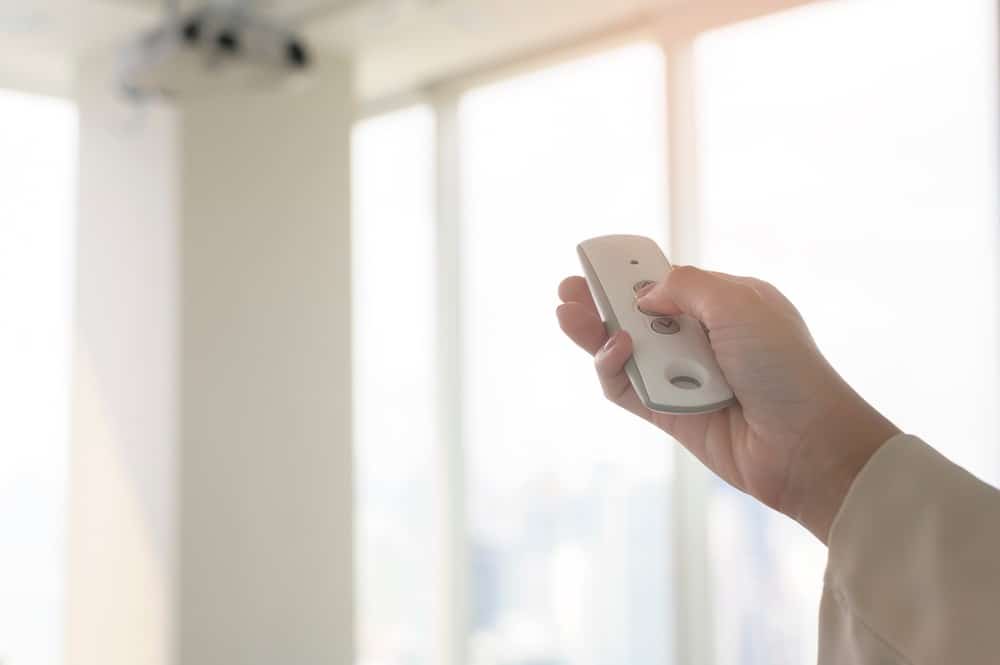
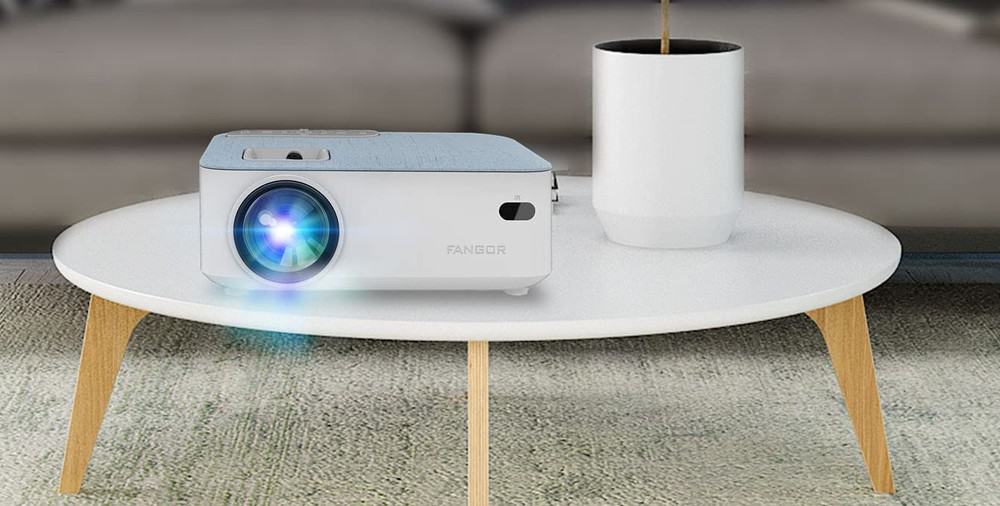
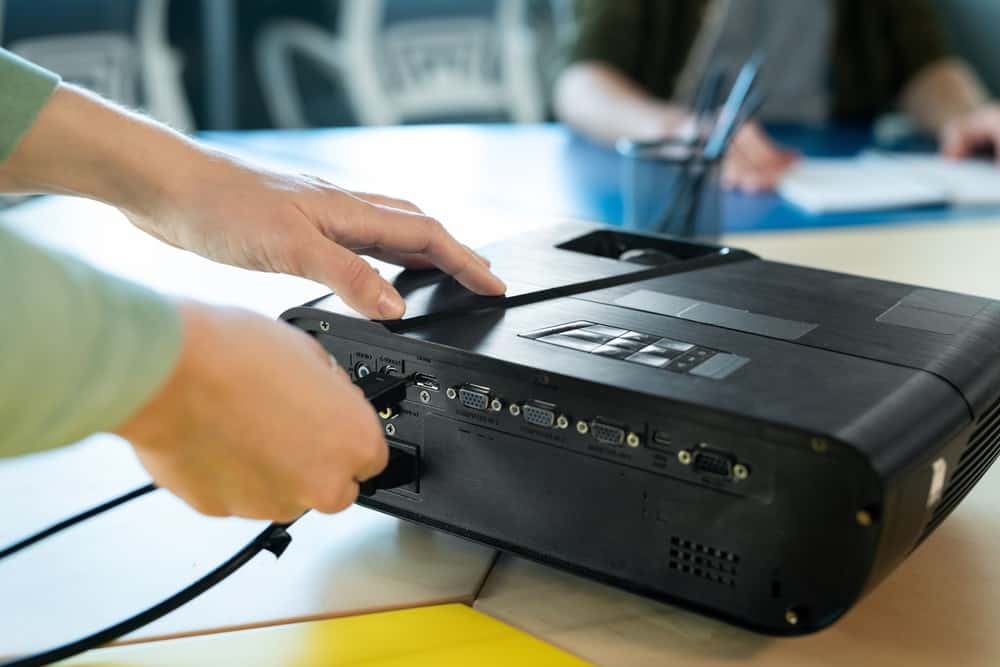
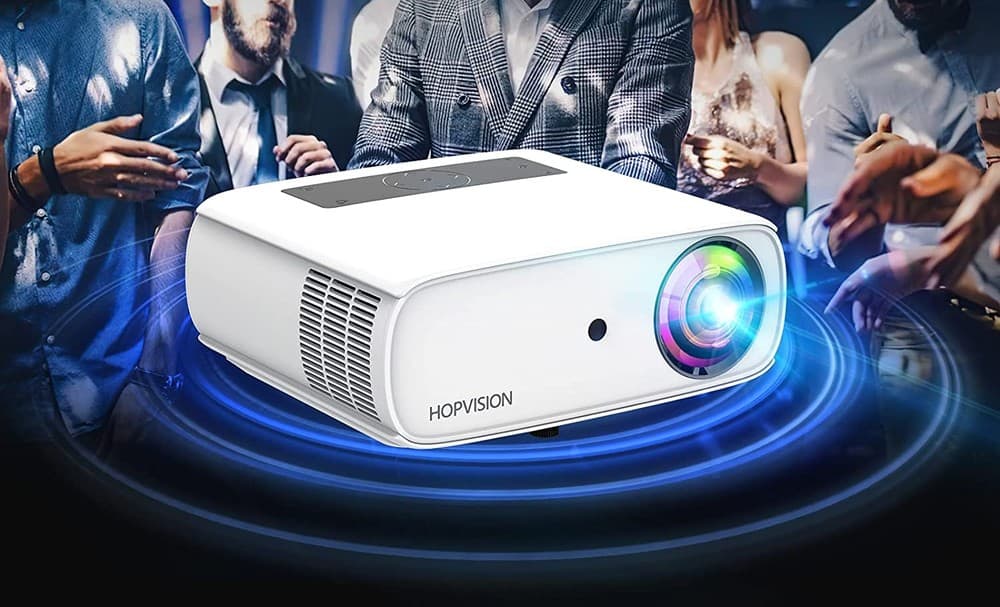

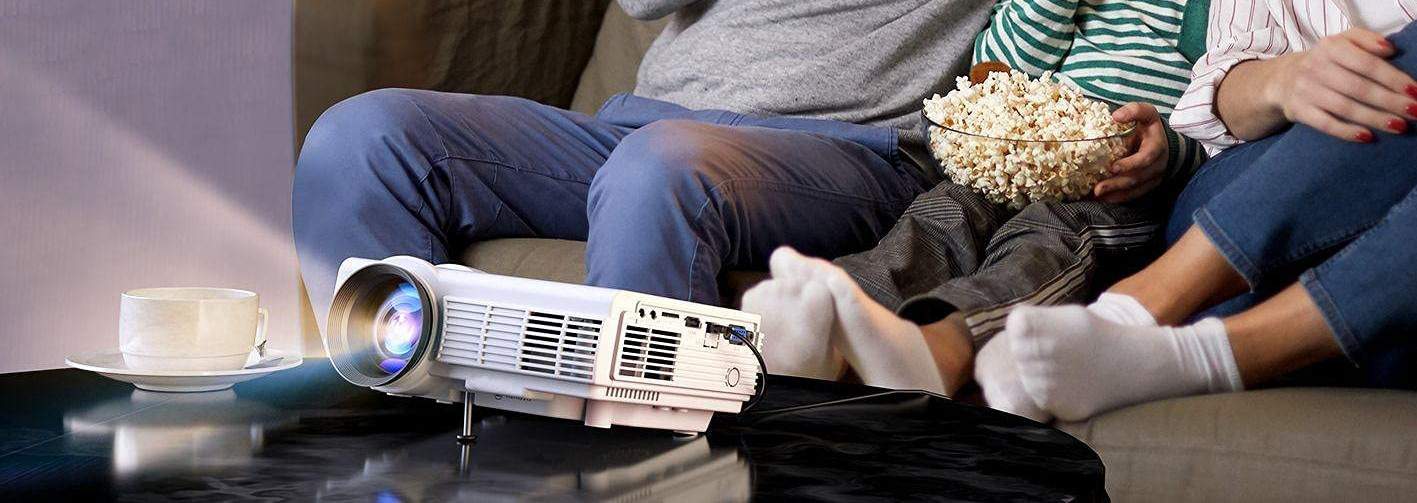
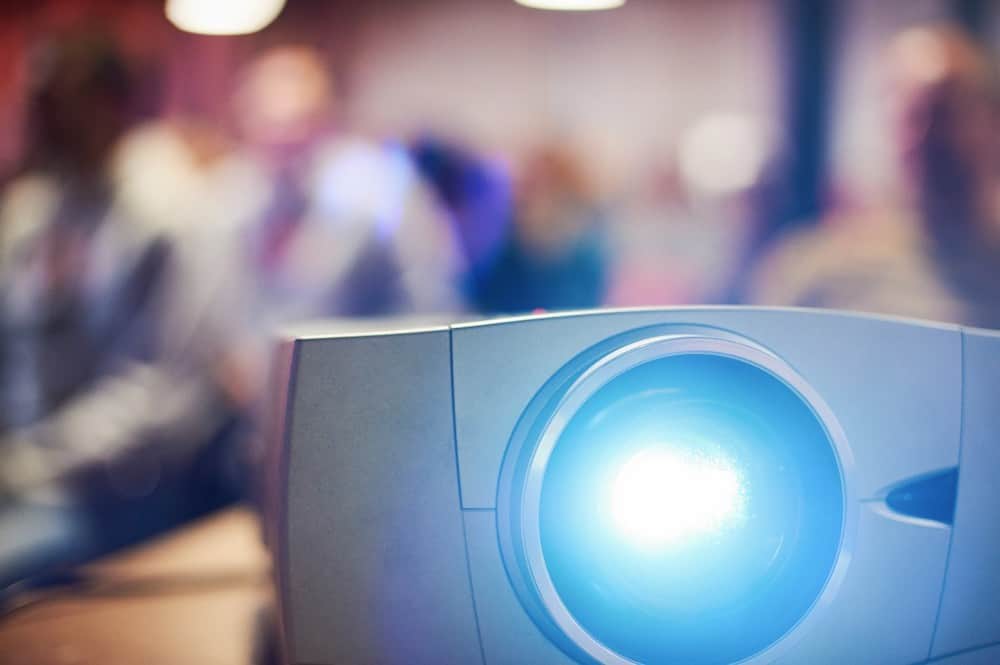
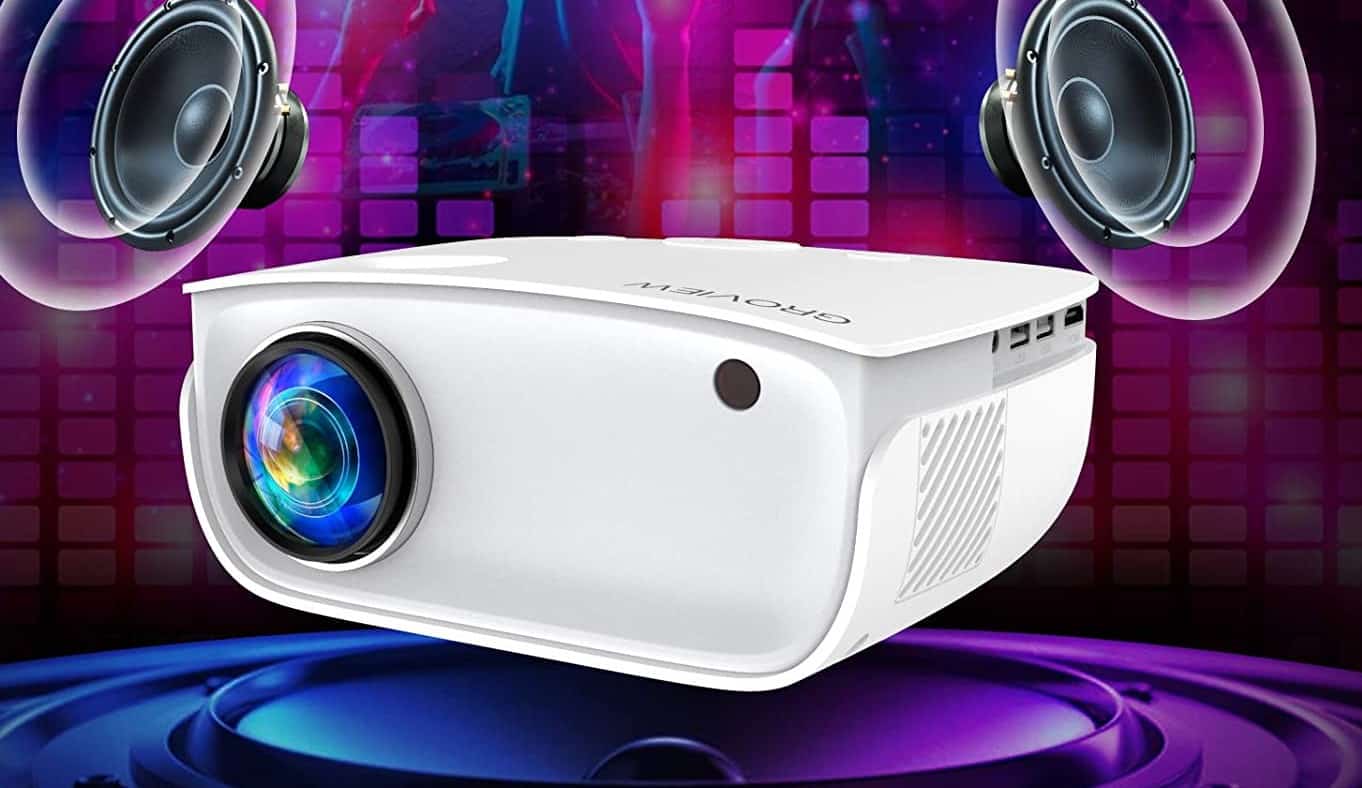
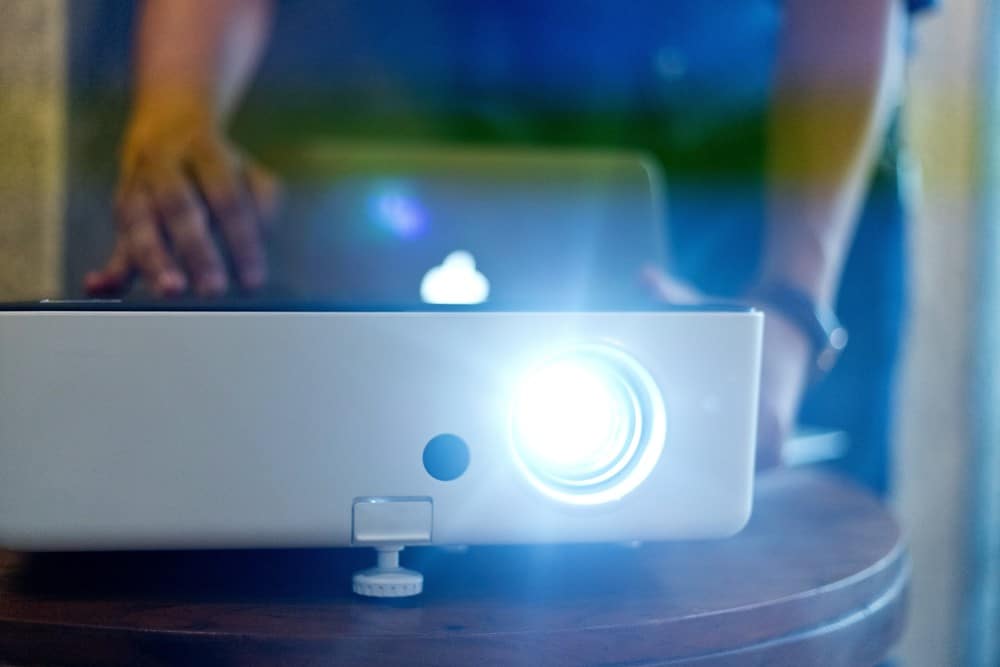

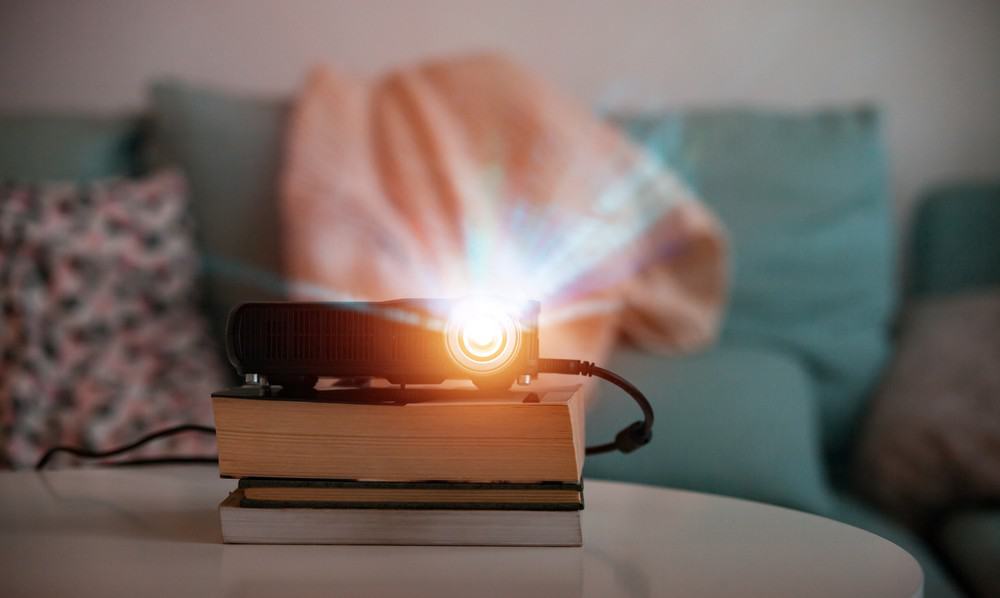
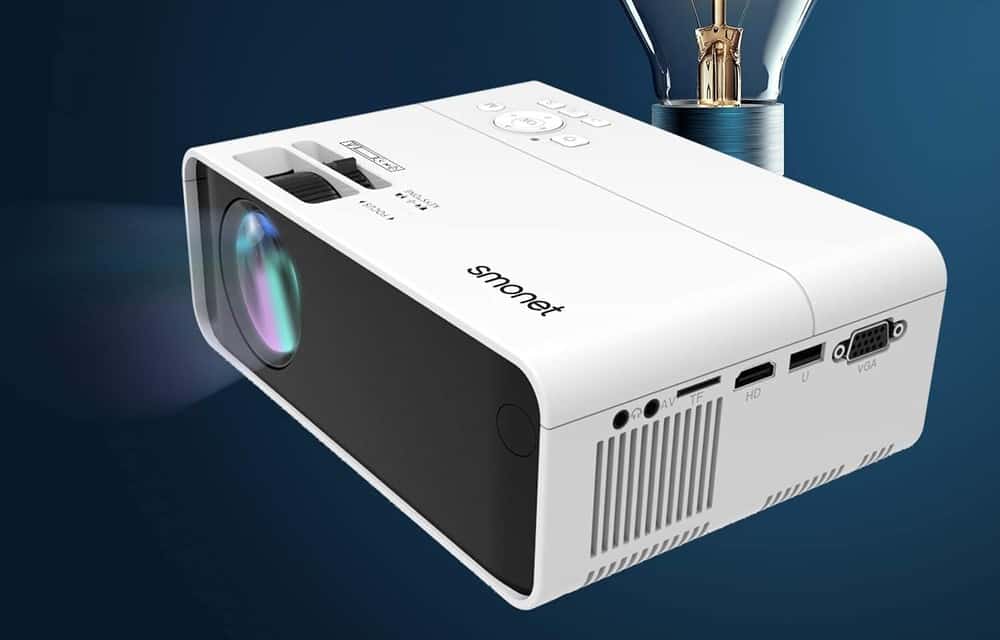
![Best Projectors for Daylight Viewing in [year] 27 Best Projectors for Daylight Viewing in 2025](https://www.gadgetreview.dev/wp-content/uploads/best-projector-for-daylight-viewing-image.jpg)
![Best Samsung Projectors in [year] 28 Best Samsung Projectors in 2025](https://www.gadgetreview.dev/wp-content/uploads/best-samsung-projectors-image.jpg)
![Best NEC Projectors in [year] 29 Best NEC Projectors in 2025](https://www.gadgetreview.dev/wp-content/uploads/best-nec-projectors-image.jpg)
![Best Acer Projectors in [year] 30 Best Acer Projectors in 2025](https://www.gadgetreview.dev/wp-content/uploads/best-acer-projectors-image.jpg)
![Best Quiet Projectors in [year] 31 Best Quiet Projectors in 2025](https://www.gadgetreview.dev/wp-content/uploads/best-quiet-projector-image.jpg)
![Best Projectors for Golf Simulator in [year] 32 Best Projectors for Golf Simulator in 2025](https://www.gadgetreview.dev/wp-content/uploads/best-projector-for-golf-simulator-image.jpg)
![Best Conference Room Projectors in [year] 33 Best Conference Room Projectors in 2025](https://www.gadgetreview.dev/wp-content/uploads/best-conference-room-projector-image.jpg)
![Best InFocus Projectors in [year] 34 Best InFocus Projectors in 2025](https://www.gadgetreview.dev/wp-content/uploads/best-infocus-projectors-image.jpg)
![Best Mini Projector in [year] ([month] Reviews) 35 Best Mini Projector in 2025 (December Reviews)](https://www.gadgetreview.dev/wp-content/uploads/best-mini-projector-image.jpg)
![Best Panasonic Projectors in [year] 36 Best Panasonic Projectors in 2025](https://www.gadgetreview.dev/wp-content/uploads/best-panasonic-projectors-image.jpg)
![Best Sony Projectors in [year] 37 Best Sony Projectors in 2025](https://www.gadgetreview.dev/wp-content/uploads/best-sony-projectors-image.jpg)
![Best Projector Stands in [year] 38 Best Projector Stands in 2025](https://www.gadgetreview.dev/wp-content/uploads/best-projector-stand-image.jpg)
![Best Ultra Short Throw Projectors in [year] 39 Best Ultra Short Throw Projectors in 2025](https://www.gadgetreview.dev/wp-content/uploads/best-ultra-short-throw-projector-image.jpg)
![Best Projectors for a Living Room in [year] 40 Best Projectors for a Living Room in 2025](https://www.gadgetreview.dev/wp-content/uploads/best-projector-for-living-room-image.jpg)
![Best RCA Projectors in [year] 41 Best RCA Projectors in 2025](https://www.gadgetreview.dev/wp-content/uploads/best-rca-projectors-image.jpg)
![Best Optoma Projectors in [year] 42 Best Optoma Projectors in 2025](https://www.gadgetreview.dev/wp-content/uploads/best-optoma-projectors-image.jpg)
![Best BenQ Projectors in [year] 43 Best BenQ Projectors in 2025](https://www.gadgetreview.dev/wp-content/uploads/best-benq-projectors-image.jpg)
![Best Projectors for Church in [year] 44 Best Projectors for Church in 2025](https://www.gadgetreview.dev/wp-content/uploads/best-projector-for-church-image.jpg)
![Best Projectors for Classroom in [year] 45 Best Projectors for Classroom in 2025](https://www.gadgetreview.dev/wp-content/uploads/best-projector-for-classroom-image.jpg)
![Best Epson Projectors in [year] 46 Best Epson Projectors in 2025](https://www.gadgetreview.dev/wp-content/uploads/best-epson-projector-image.jpg)
